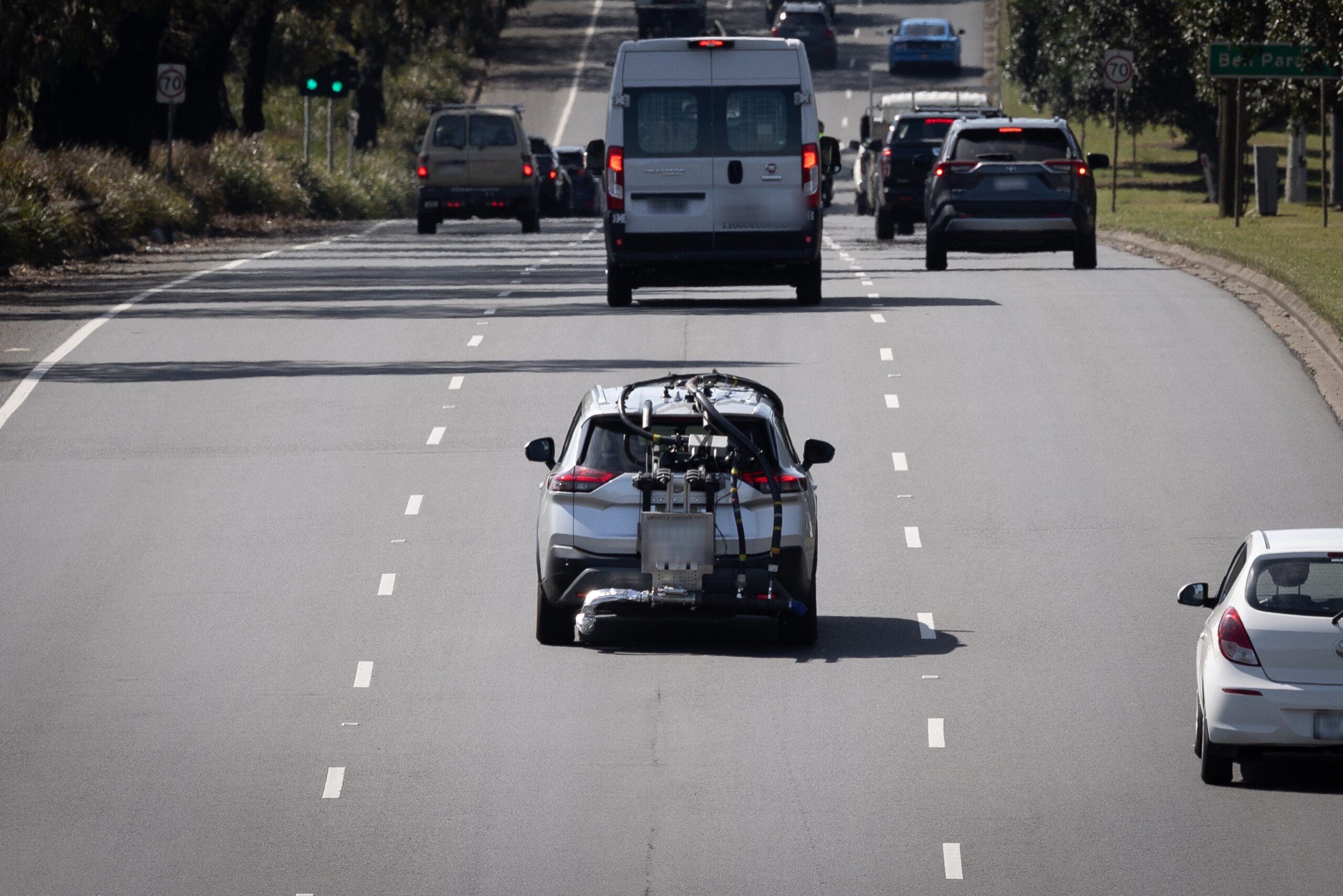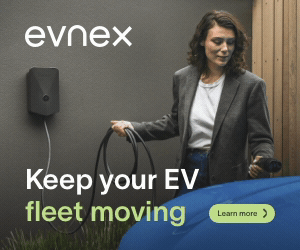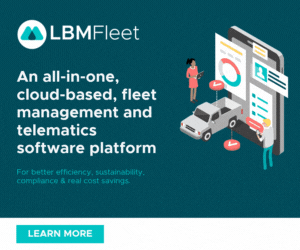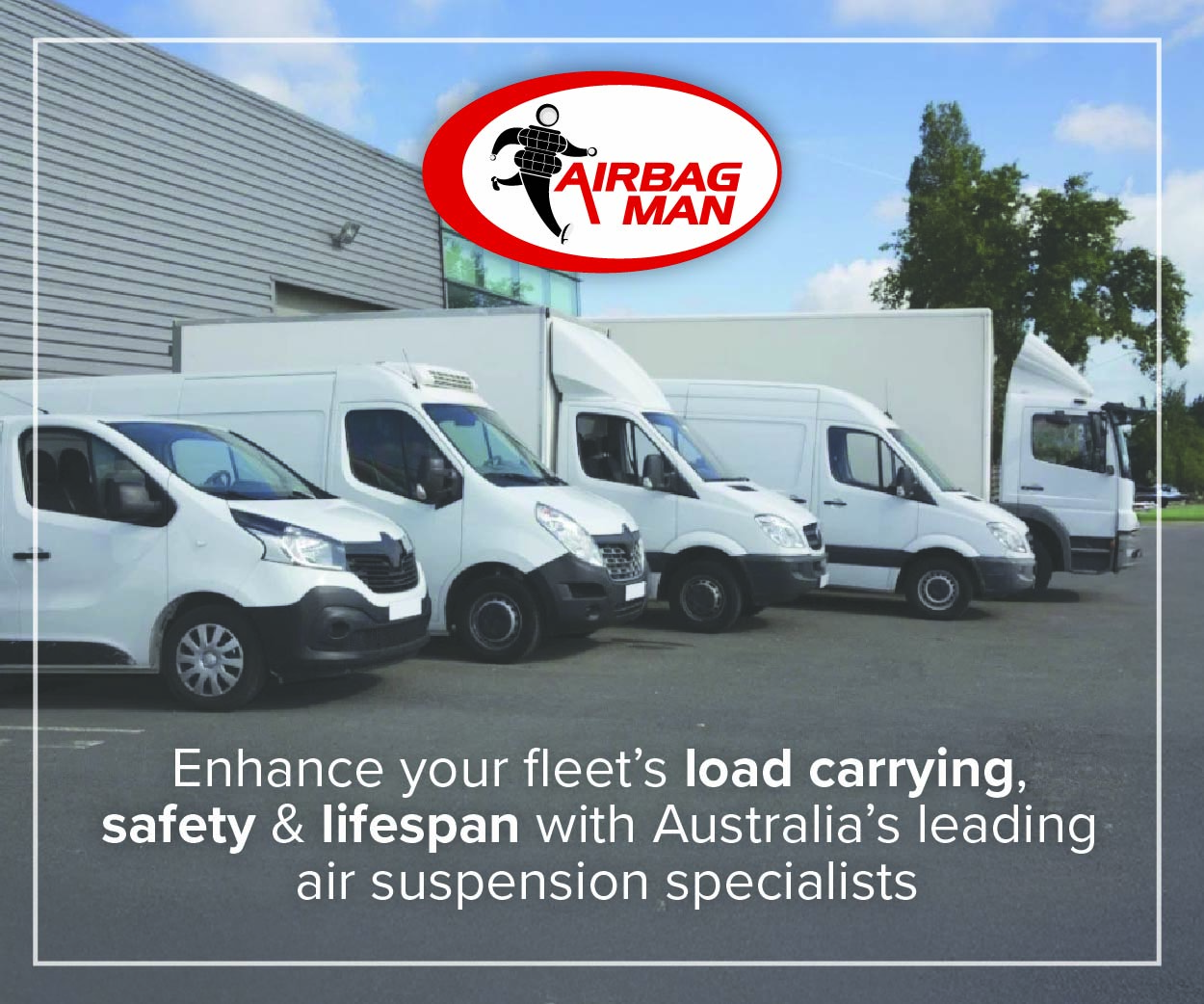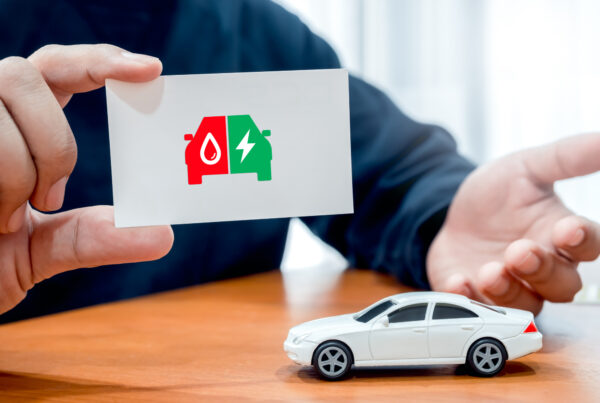At the South Australia Professional Development Forum, Jason Smith, Program Director for Real-World Testing at the Australian Automobile Association (AAA), provided significant insights into how real-world emissions testing is reshaping fleet management and vehicle performance expectations.
Let’s explore the key takeaways from the presentation, focusing on the Real-World Testing Program, its implications for fleet operators, and upcoming changes in emissions standards and technology advancements.
What is the Real-World Testing Program?
The Real-World Testing Program is a key initiative that tests vehicles under real-world conditions to deliver accurate data on fuel consumption and emissions. This program is non-regulatory and aims to bridge the gap between the regulated lab test results and actual on-road performance.
Vehicles undergo tests on real roads using Australian fuels (as opposed to the specific fuel used for lab testing) to assess their performance in real-world Australian settings. Realworld.org.au publishes results to provide consumers and fleet operators with reliable information about fuel efficiency and emissions beyond lab-based tests. Currently, the site features 58 published results, with new ones added each quarter.
Testing Protocol and Methodology
The Program is based on Europe’s Real Driving Emissions Test which was introduced after the Volkswagen emissions scandal of 2015. This method requires cars to be tested in real traffic conditions rather than controlled lab environments. While this test is part of European certification, it is not yet part of Australian regulation. By the end of next year, Australian regulators will incorporate it into the Euro 6 standards. However, they typically do not make test results for regulations public, making the AAA’s Program important to the public.
The AAA’s rigorous protocol involves a 93-kilometre test route in and around Geelong where vehicles are fitted with specialist portable emissions measurement equipment (PEMS). The tests include strict requirements on speed, acceleration, and external factors such as weather. If results from two tests over the 93km route do not meet repeatability criteria, a third test is conducted. This ensures the results are both representative and robust.
The testing program is set to broaden its scope to include battery electric vehicles (EVs) by the end of the year, and plug-in hybrids by mid-next year. This expansion will focus on evaluating energy consumption and range, addressing the growing need for data on emerging automotive technologies. The program aims to provide insights into these vehicle types’ performance under real-world Australian conditions.
Key Findings and Insights
One significant insight from the testing to date is the considerable disparity between lab-based fuel consumption figures and real-world performance. Their findings indicate that lab results often do not accurately reflect on-road performance, with variations observed to date ranging from 31 per cent above to 13 per cent below the lab figures. This inconsistency challenges the assumption that better lab performance will directly translate to better real-world results.
Another key observation was the impact of different technologies implemented by car makers, with AdBlue given as an example. Testing showed that vehicles equipped with AdBlue, such as the Ford Everest, recorded significantly lower noxious emissions compared to similar models without AdBlue, like the Ford Ranger. This shows how additional technologies can affect emissions. In addition, some vehicles offer technologies above and beyond the minimum standards set by regulation.
Implications for Fleets
For fleet operators, the data provided by the Real-World Testing Program is crucial for understanding vehicle performance prior to purchase. The variability in fuel consumption and emissions highlights the need to evaluate vehicles beyond lab-based tests. Fleet managers should consider real-world performance data when selecting vehicles to ensure they meet budgetary and environmental goals.
The testing also reveals that many of the vehicles tested, particularly the diesel models, produced higher levels of noxious emissions in real-world conditions compared to lab tests. This underscores the importance of assessing vehicles’ real-world emissions to align with environmental expectations and standards.
Working with Fleets
When the AAA was designing the Program, they consulted with different stakeholders to determine key areas of interest. This included:
- Investment Confidence: Fleet managers need assurance that new technologies will meet their budget and environmental goals, including understanding the expected payback period.
- Fuel Consumption and Budgeting: Operators are facing higher-than-expected fuel costs and require better data to inform future budgets and vehicle selections.
- Carbon Footprint Reduction: Reliable data on real-world emissions is essential for meeting carbon reduction commitments and making credible sustainability claims.
- KPIs and Practical Guidance: There is a need for realistic KPIs and actionable advice, especially for fleets that cannot immediately replace vehicles or adopt specific technologies.
They also actively seek stakeholder input on gaps in data and suggestions for future vehicle tests. Engaging with stakeholders has led to significant outcomes, such as testing vehicles recommended by partners and fleets, which has enriched the data available to the broader community.
Ultimately, the goal is to provide valuable, real-world data on vehicle performance using real Australian fuels, and to support stakeholders in achieving their fleet management and sustainability outcomes.
Highlights from the Q&A Session
- Collaboration with organisations interested in air quality: Collaboration with stakeholders could use emissions data for air quality and health research. As the Program website adds more results, researchers and the public are growing interested in the impact of NOx emissions on human health. Outside of the AAA Program, there is little public data on real-world noxious emissions from specific vehicles. The AAA hopes the Program’s data will help fill this gap.
- NOx Emissions: Lab vs. Real-World Testing: The difference in NOx levels between lab and real-world testing is not attributable to the age of the vehicle (new vs. used). The vehicles tested by the AAA are typically 1-2 years old. Internationally, especially in Europe, researchers have linked this discrepancy to updates in emissions standards, such as Euro 6. Authorities updated the Euro 6 standards after the Volkswagen emissions scandal. They realised that the CO2 benefits from diesel vehicles came at the expense of real-world air quality. When Australia adopts Euro 6 regulations from the end of 2025, we can expect better real-world outcomes for noxious emissions.
- Vehicle Testing Coverage: The initial focus has been on high-volume vehicles like the Toyota RAV4. This was done to quickly deliver meaningful results to the market. The AAA has focused on a range of popular models, including high-selling vehicles. They are also looking to test models from different brands and regions, as well as vehicles that report particularly good lab results.
- Impact of Vehicle Age on Emissions: The program does not specifically test the aging effects of vehicles. However, existing research shows no significant deterioration in fuel consumption and emissions of modern vehicles over time. Legislation requires vehicles to meet emissions standards at the point of sale. Manufacturers must also ensure compliance for 160,000 kilometres.
- NVES Compliance and Market Impact: The upcoming New Vehicle Efficiency Standard (NVES) will regulate the importers. They are responsible for ensuring the average CO2 emissions of all vehicles they import meet the requirements of the NVES. If not, they will face fines. Dealers are not responsible for compliance, but they have a role as they are the group selling the vehicles. This regulatory shift will likely influence manufacturers’ marketing strategies and vehicle offerings. For example, manufacturers might need to adjust their strategies to offer more cost-effective, fuel-efficient options to avoid penalties. This could influence market dynamics and consumer choices.
Conclusion
The Real-World Testing Program’s findings highlight the increasing need for transparency and accuracy in vehicle fuel consumption and emissions data. As more test results are published, the growing dataset provides fleet operators and consumers with more reliable information. Aligning vehicle performance with actual on-road conditions supports informed decision-making and helps avoid nasty surprises. It also contributes to more efficient and environmentally friendly fleet management.
Did you find this article interesting? Click the ‘heart’ button above to give it a ‘like’!

